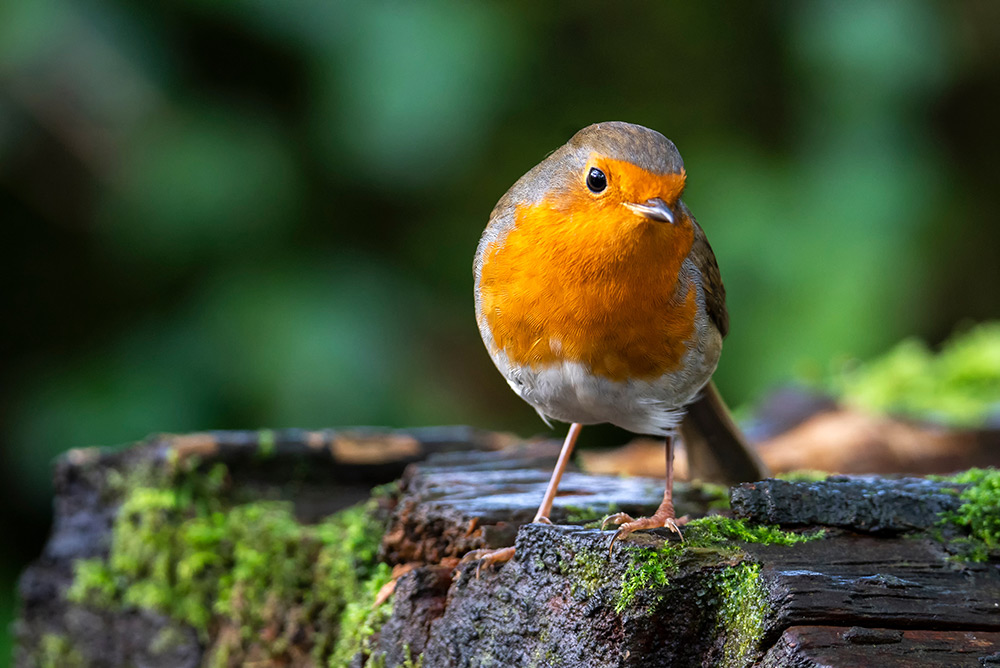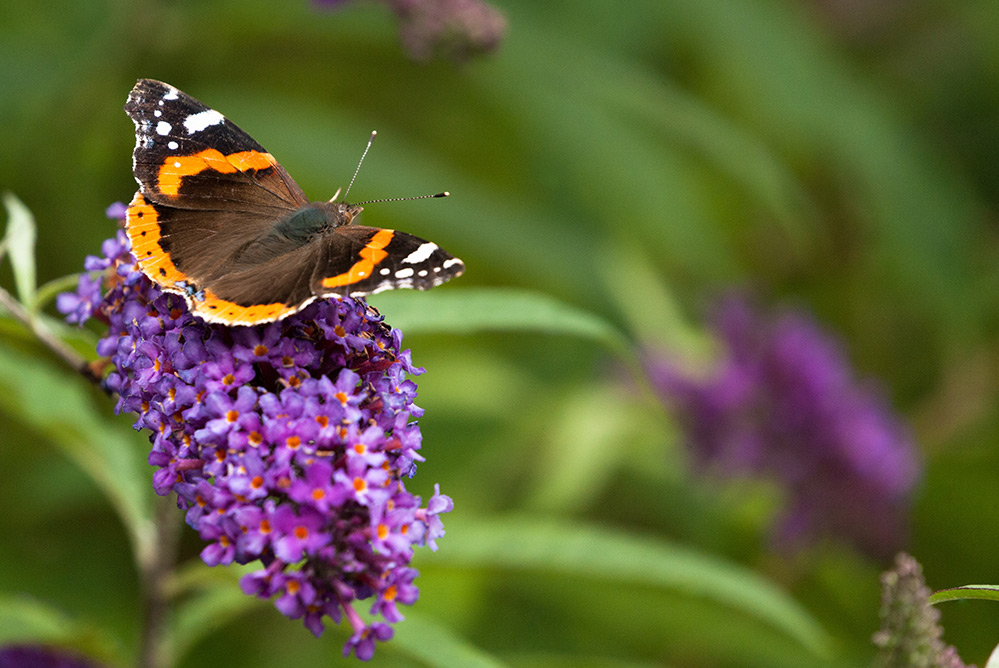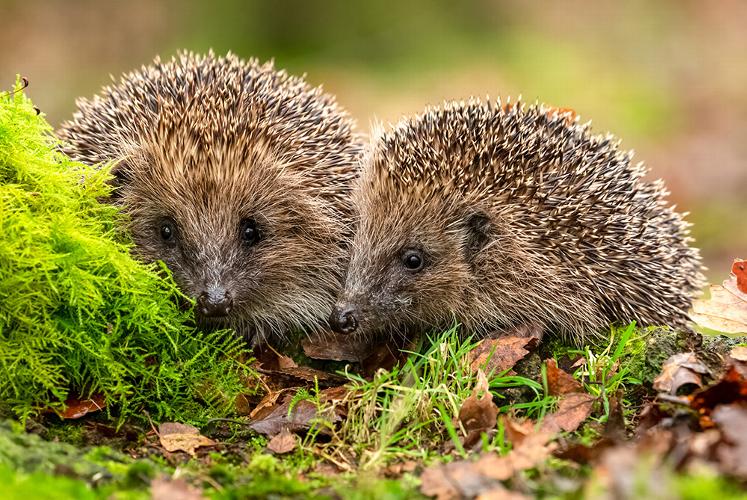Even the smallest garden is home to an entire ecosystem of insects, birds and mammals.
More than simply adding a splash of life and movement to a garden, attracting wildlife to your garden means helping the local ecosystem and preserving indigenous species.
Looking to embrace a wildlife-first approach to gardening? Here are a few simple tips that even beginner gardeners can make use of, whether you have a small allotment or a sprawling back garden.
Diversify your garden
The heart of any wildlife-friendly garden is a wide selection of native plants and flowers. Think of your garden as an orchestra, with every species acting as its own instrument with a role to play.
Flowering plants such as perennials, annuals and bulbs act as nectar-rich feasts for pollinators like bees and butterflies, with their vibrant hues both attracting these valuable visitors and adding pops of colour to your garden.
Berry bushes of all shapes and sizes will attract all manner of birds and mammals, from blackbirds to badgers.
Trees provide both cooling shade and vital nesting sites for birds.
Ground cover plants like heathers and phlox, often overlooked when it comes to attracting wildlife to a garden, provide shelter for smaller creatures.

Add in a water source
A common need that ties all British garden wildlife together is fresh water, whether for drinking or bathing in.
Incorporating some kind of water feature into your garden means both adding a decorative element and opening your doors to a wider range of wildlife. Fortunately, you don't need to go all the way with installing a pond.
A strategically-laced birdbath, kept clean and regularly refilled, is sure to become a regular stopover for thirsty birds, especially in the summer.
A shallow water dish placed in a quiet corner can be a lifeline for butterflies, small mammals and other ground-dwellers.
Embrace the wild side
While a meticulously-manicured garden might look impressive, it's not ideal for attracting wildlife and making the most of your outdoor mini-ecosystem.
‘Wild' gardens or even wild corners of gardens can become a veritable haven for British wildlife.
Long grass provides shelter and breeding grounds for butterflies and other insect life.
A pile of logs that have been allowed to decay can provide nest sites for birds, while functioning as a food source of detritivores like worms and woodlice and, in turn, a regular food supply for birds and mammals.
Wildflowers like primroses and foxgloves attract a kaleidoscope of pollinators, all while providing seeds for birds.

What can you do to attract specific wildlife?
Looking to attract butterflies and bees? Try to avoid the use of pesticides wherever possible, as these are harmful to insects and disrupt the delicate balance of your garden ecosystem.
Want to add some more birdsong to your garden? Nothing will attract birds like bird feeders! What exactly you should feed your feeder with depends on what you fill it with – Black sunflower seeds are a reliable favourite for year-round feeding, while millet is more appealing to finches and mealworms to robins and tits. Whatever you fill your feeders with and however many you set up, just remember to regularly clean and refill them.
How about hedgehogs? You can make your garden more attractive to hedgehogs by making small gaps in your fences as ‘hedgehog highways', allowing them to roam freely (and potentially save them from being road casualties).
By following these steps and embracing a more natural approach to gardening, you can transform your space into a haven for diverse wildlife. This not only benefits the local ecosystem but also brings the joy of coexisting with nature right into your own backyard.
So, start creating your wildlife-friendly paradise today and witness the magic of nature come alive in your garden. Remember, every small step you take contributes to a healthier, more vibrant world for all living things.
If you're in the market for gardening supplies, plants or inspiration, come on down to our garden centre in Kent! We offer a wide range of wildlife-friendly plants, seeds and more, and even have a tea room if you fancy something to eat while you're there.



